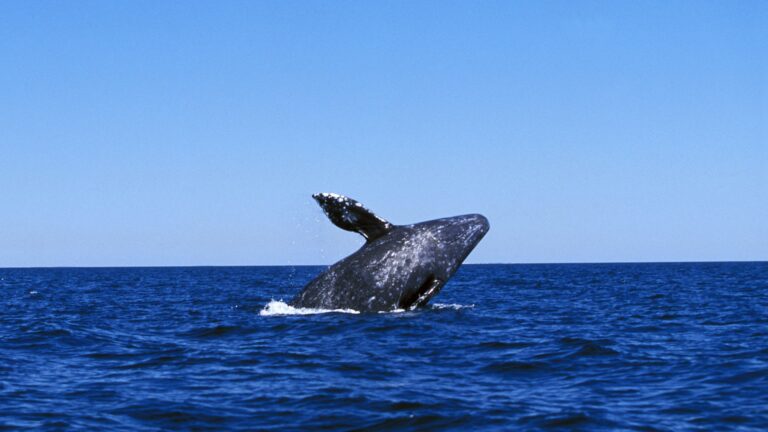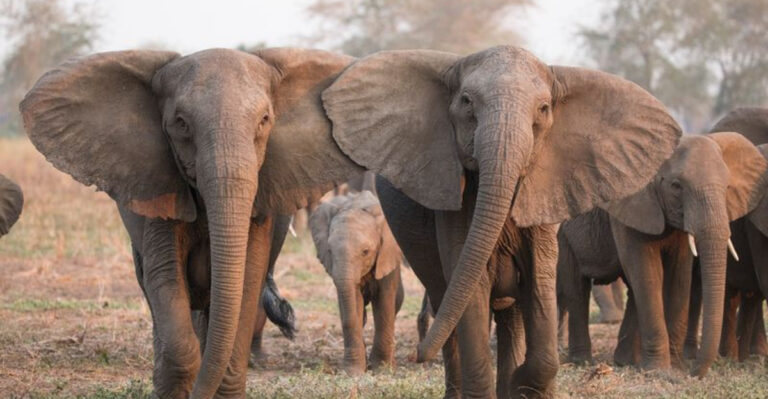New Giant Isopod Species Named After Darth Vader Discovered Off Vietnam’s Coast
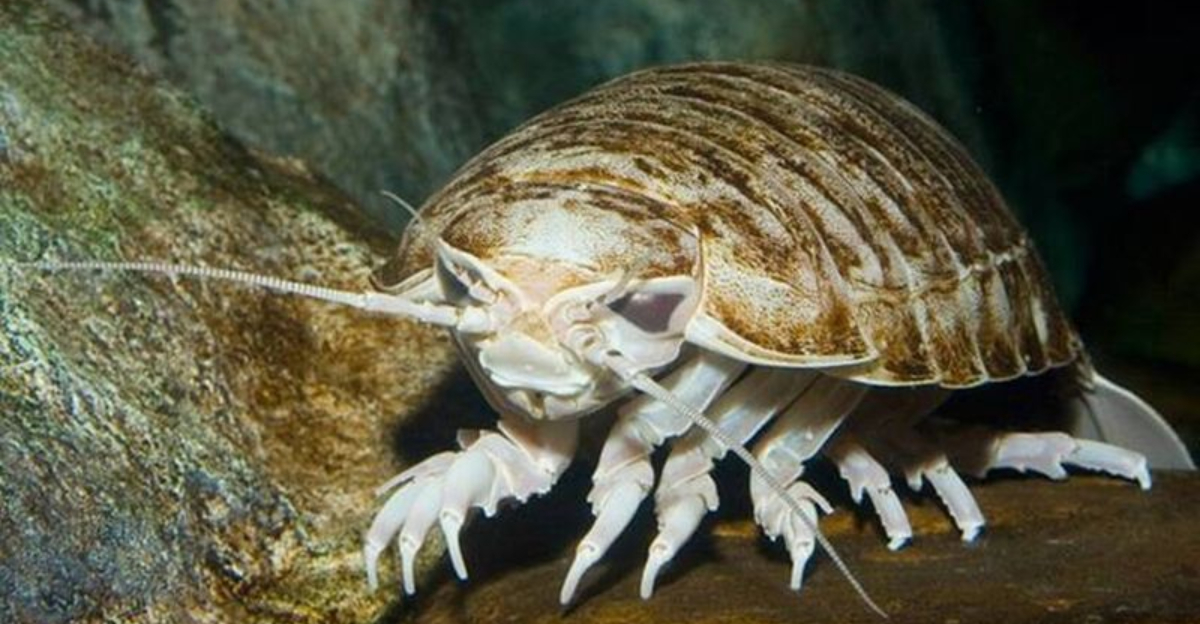
Scientists exploring the deep waters off Vietnam’s coast have made an exciting discovery! A brand new species of giant isopod, named Bathynomus darthvaderi, has been found lurking in the dark ocean depths.
The creature earned its Star Wars-inspired name because its helmet-shaped head strongly resembles Darth Vader’s iconic mask. This remarkable find gives us fascinating insights into the mysterious creatures that have adapted to survive in extreme deep-sea environments.
1. Star Wars Connection Explained
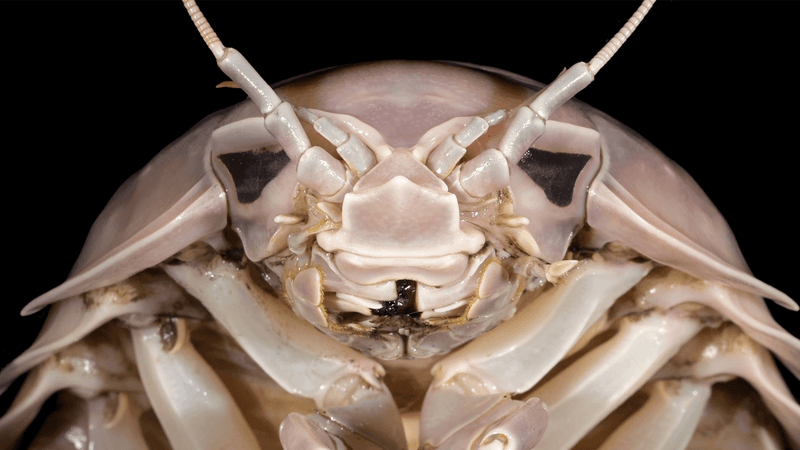
The resemblance between this isopod’s head and Darth Vader’s helmet isn’t just a casual observation. Scientists officially named it Bathynomus darthvaderi because of the distinctive shape of its cephalon (head shield) and overall appearance.
Researchers often use creative naming to generate public interest in new species. This Star Wars reference helps spotlight deep-sea biodiversity while making science more accessible to everyday people.
2. Giant Among Sea Bugs
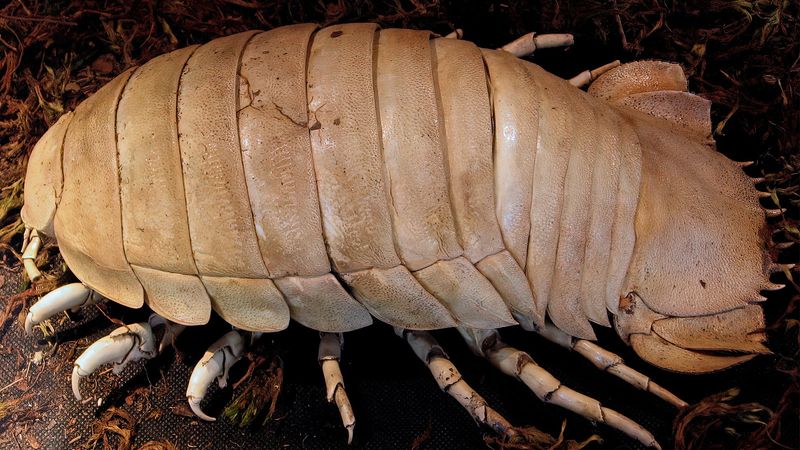
While regular beach isopods (roly-polies) typically measure less than an inch, Bathynomus darthvaderi grows to impressive proportions. These deep-sea giants can reach lengths of over a foot, making them truly massive compared to their terrestrial cousins.
Their supersized bodies help them survive in the deep ocean, where food is scarce. Larger bodies store energy more efficiently and allow them to go longer between meals in this harsh environment.
3. Habitat Of The Deep Dark
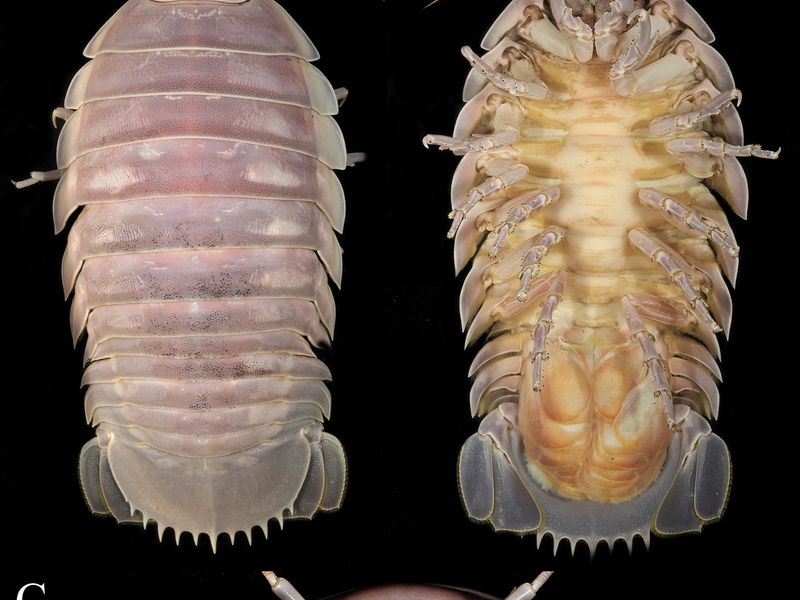
Found lurking between 2,000-4,000 feet below the ocean’s surface off Vietnam’s coast, these creatures inhabit a world of perpetual darkness and crushing pressure. Their environment lacks sunlight completely, creating an alien landscape on our own planet.
Temperatures hover just above freezing in these depths. The combination of cold, pressure, and darkness creates unique evolutionary challenges that Bathynomus darthvaderi has masterfully overcome through specialized adaptations.
4. Scavenger Of The Abyss
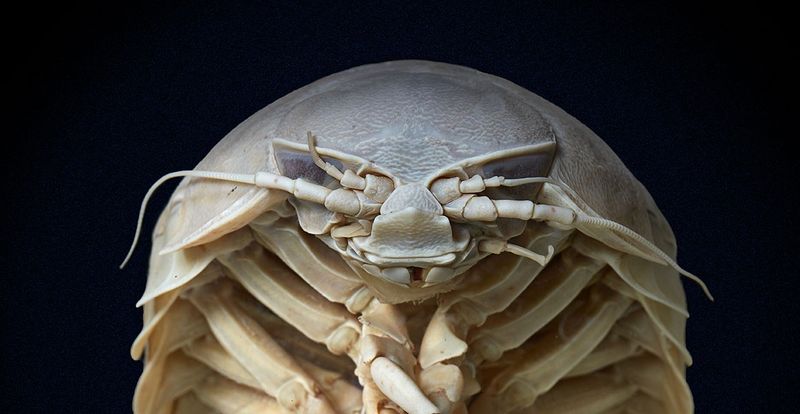
Unlike their fictional namesake, these isopods aren’t villains of the deep. They’re nature’s cleanup crew, feeding primarily on dead marine animals that sink to the ocean floor. Without picky eating habits, they’ll consume almost any organic material they encounter.
Armed with powerful jaws, they can quickly tear through flesh and even crack smaller bones. This adaptability helps them thrive in an environment where regular meals aren’t guaranteed.
5. Evolutionary Marvel
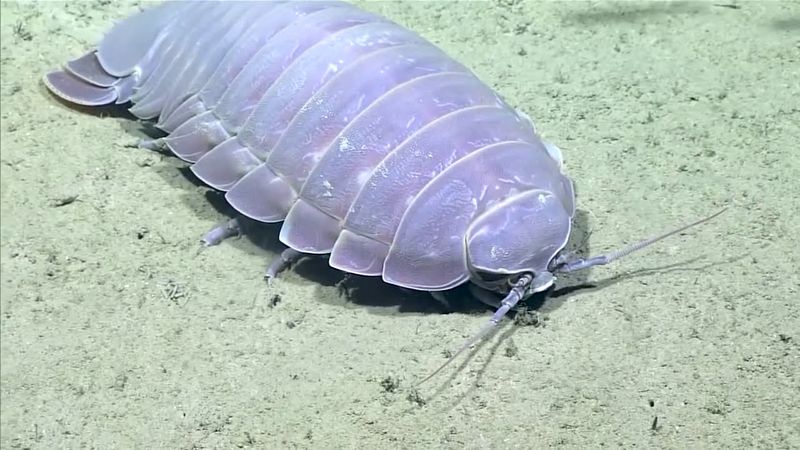
Scientists believe giant isopods like Bathynomus darthvaderi represent an evolutionary success story dating back over 160 million years. Their basic body design has remained largely unchanged since the Jurassic period, making them living fossils.
While dinosaurs came and went, these creatures persisted through multiple mass extinctions. Their deep-sea habitat, relatively stable compared to environments on land, allowed them to maintain their ancient body plan with minimal changes.
6. Breathing Underwater
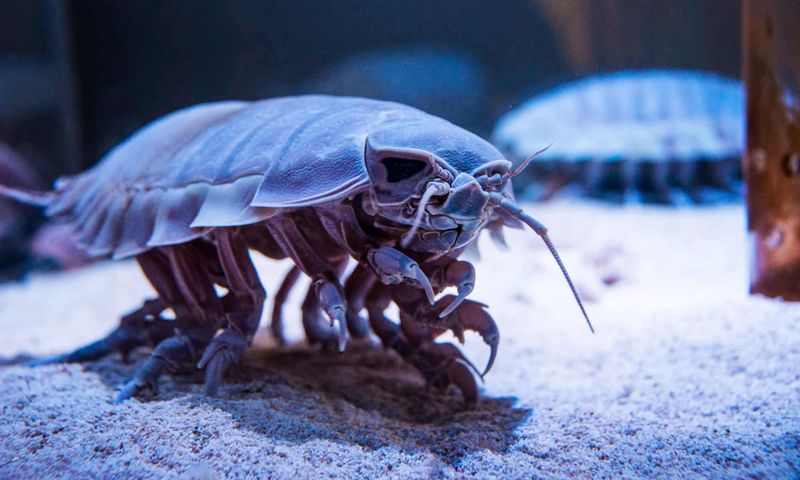
One of the most fascinating features of Bathynomus darthvaderi is its five pairs of pleopods – specialized limbs under its body that function as gills. These feathery structures extract oxygen from water while the isopod crawls along the seafloor.
The pleopods continuously wave back and forth, creating water currents that bring fresh oxygen to the breathing surfaces. This efficient respiratory system allows them to thrive in deep waters where oxygen levels can be significantly lower than at the surface.
7. Armored Like A Tank
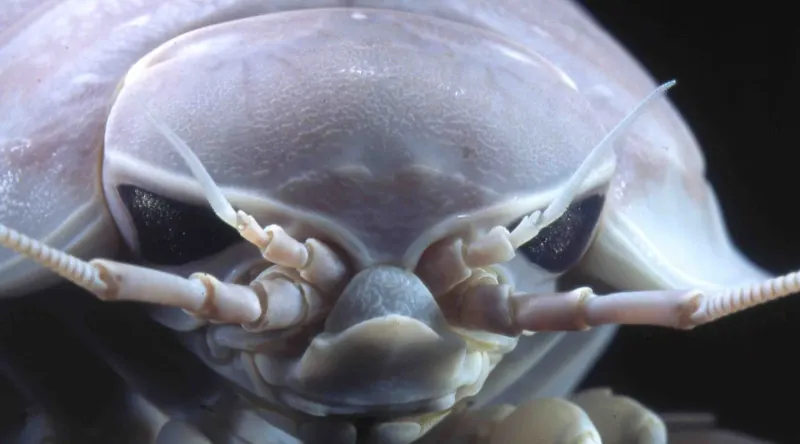
The exoskeleton of Bathynomus darthvaderi serves as natural body armor, protecting it from predators and harsh environmental conditions. This hard outer shell is divided into distinct segments that allow for flexibility while maintaining protection.
Like a medieval knight’s armor, the exoskeleton must be periodically shed as the creature grows. During molting, the isopod is temporarily vulnerable until its new, larger exoskeleton hardens – a dangerous time in the deep sea.
8. Surprising Relatives

Despite their alien appearance, Bathynomus darthvaderi belongs to the same group of crustaceans as familiar backyard pill bugs. They’re essentially roly-polies that evolved for deep-sea living, sharing the same basic body plan and ability to roll into a defensive ball.
They’re also distant cousins to crabs, lobsters, and shrimp. This relationship highlights how crustaceans have adapted to fill ecological niches from garden soil to the deepest ocean trenches.
9. Survival Through Patience
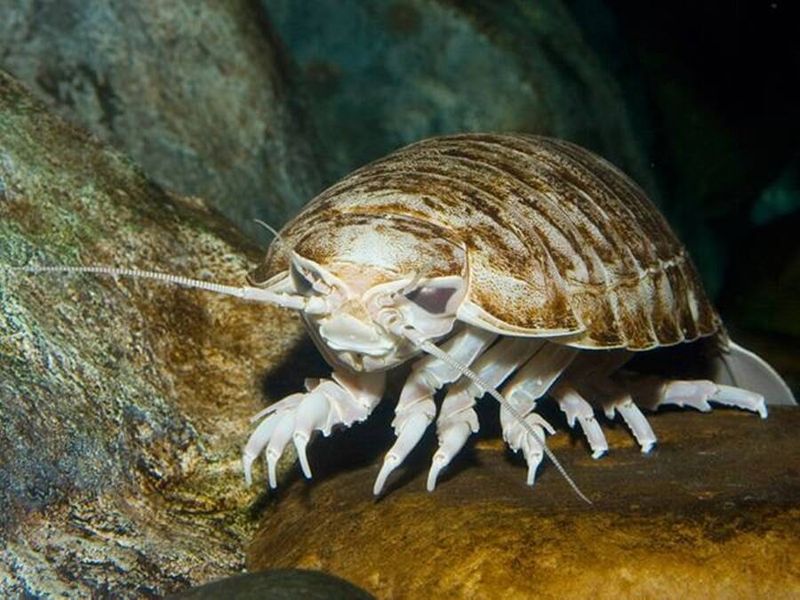
Food scarcity in the deep sea has shaped Bathynomus darthvaderi’s remarkable survival strategy. These creatures can go without eating for up to four years when necessary – an extraordinary adaptation to their food-limited environment.
Their metabolism slows dramatically during fasting periods, conserving energy until the next meal arrives. When food does appear – perhaps a whale carcass sinking to the ocean floor – they can gorge themselves, storing energy for the lean times ahead.
10. Scientific Significance
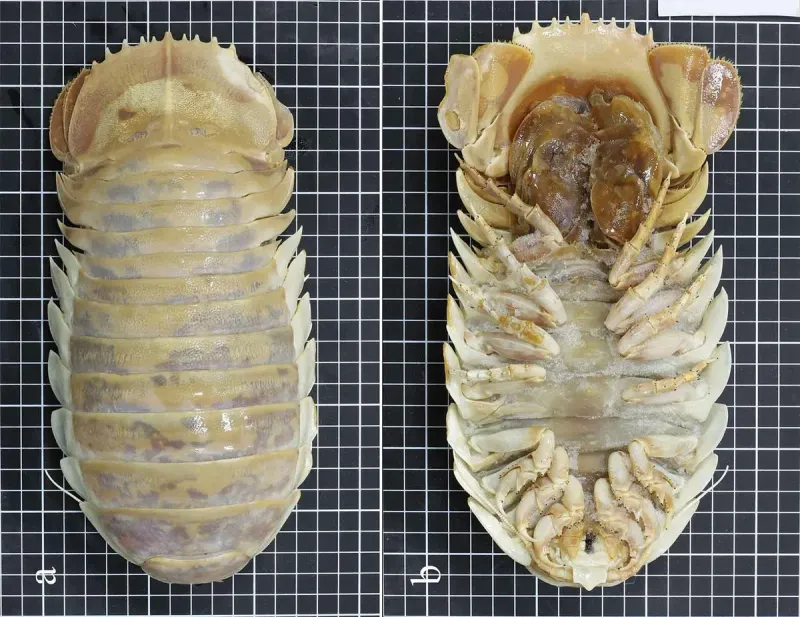
The discovery of Bathynomus darthvaderi highlights how much remains unknown about our oceans. Scientists estimate we’ve explored less than 20% of Earth’s oceans, with new species discovered regularly in deep-sea expeditions.
Each new find like this isopod helps scientists understand how life adapts to extreme environments. These discoveries have implications beyond marine biology, potentially informing fields from medicine to materials science through biomimicry of their unique adaptations.
11. Vietnamese Waters Biodiversity

The waters off Vietnam’s coast represent a biodiversity hotspot that scientists are only beginning to fully explore. The discovery of Bathynomus darthvaderi suggests this region may harbor many more undiscovered species waiting to be found.
Vietnam’s unique geography, with extensive coastlines and varying depths, creates diverse marine habitats. Conservation efforts are increasingly focused on protecting these waters as scientists continue to document their remarkable biodiversity.
12. Future Research Directions
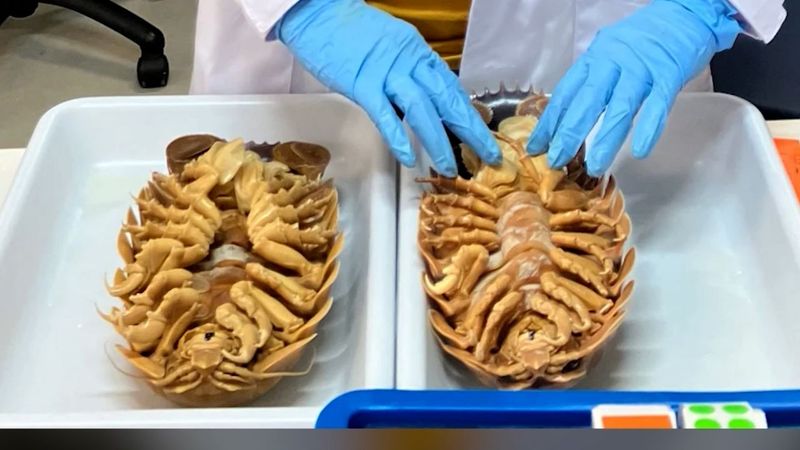
Scientists hope to learn more about Bathynomus darthvaderi’s life cycle, reproduction, and behavior through continued study. Current knowledge gaps include their lifespan, mating habits, and population distribution across deep-sea environments.
Advanced technologies like deep-sea submersibles equipped with high-definition cameras will help researchers observe these creatures in their natural habitat. Genetic studies may reveal how they’re related to other giant isopod species found in different ocean basins.



